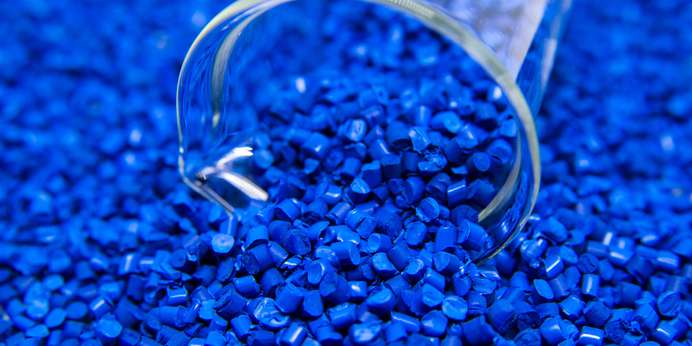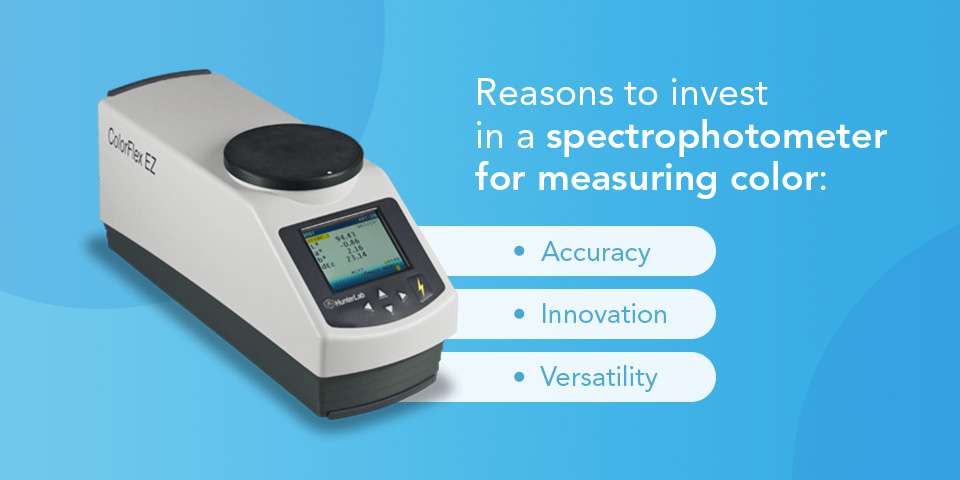
The Best Way to Measure the Color of Recycled Pellets
Are you searching for an objective way to measure the color of your recycled pellets? The best method for measuring the color of recycled pellets is through a spectrophotometer. These devices analyze plastic samples and generate data representing the color of the pellets. Unlike visual assessment, spectrophotometers drop subjectivity and ensure consistent color evaluation throughout production.
Factors That Affect the Color of Recycled Plastic Pellets
Unlike virgin plastic resins with controlled color properties, recycled pellets are prone to changes throughout the manufacturing process. Several factors can influence the color of recycled pellets, such as:
- The source material: Recycled plastic originates from various post-consumer and industrial waste sources. Pigments and dyes used in the original plastics contribute to the final color of the recycled pellets.
- Contamination: Foreign materials like food residues and inks can be present in recycled plastic waste, affecting the pellets' color.
- Degradation: Exposure to sunlight, heat, and weathering during the plastic's lifecycle can lead to pigment deterioration in the recycled pellets.


